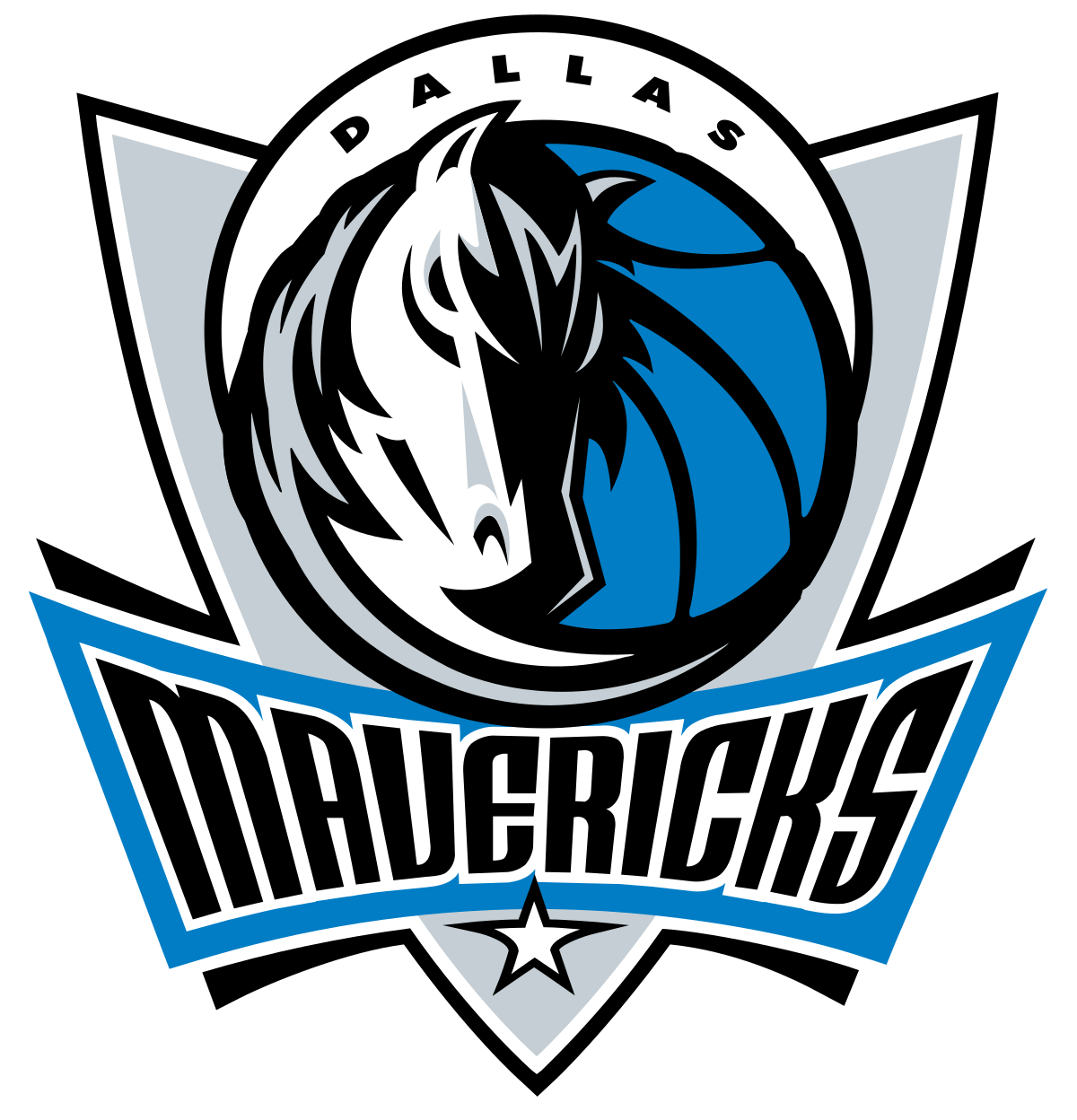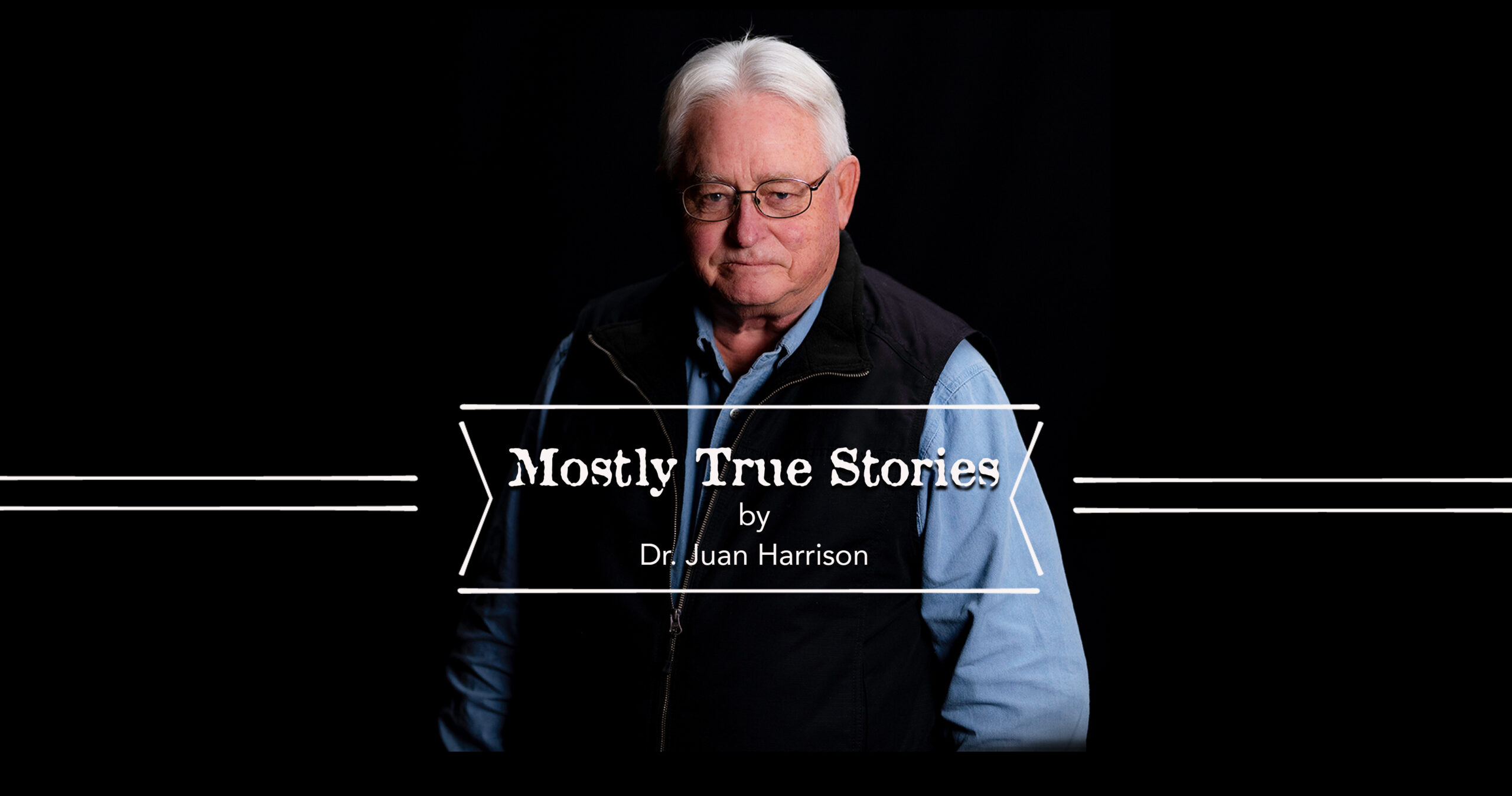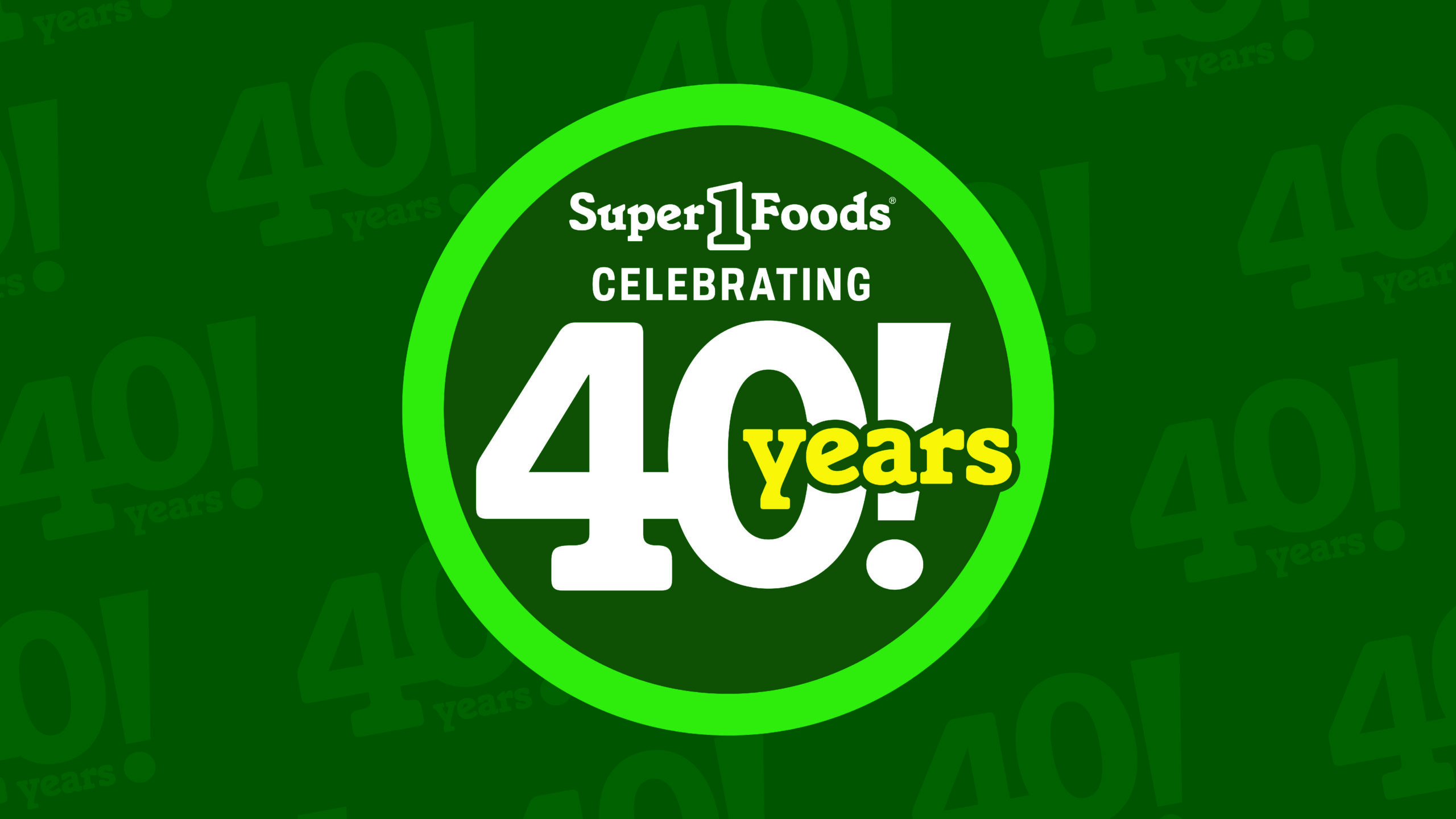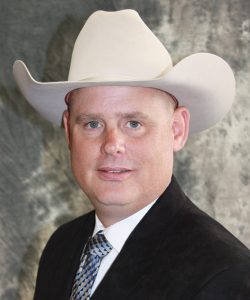Dallas Mavericks NBA Draft Update Part 2 (Looking at previous Mavs selections)

[adning id=”33097″]
Welcome to Part 2 of our Dallas Mavericks draft previews. For those of you who missed Part 1, don’t worry, we’ve got you. We’re almost ready to start looking at potential people the Mavericks might land in just a few weeks, but let’s take one last look into the past.
In Part 1, we looked at the history of the 26th pick over the last 20 years. Today, we’re going to be doing a similar exercise but we will be focusing solely on what the Mavericks have done over the last 20 years.
This exercise might not be as fair as the last one was, considering Dallas does have a new front office in charge now and every pick we’ll be looking at today was taken by a different team in charge. With that being said, I have fun doing these exercises and the readers seem too as well. So with that in mind, let’s take a look back over the past 20 years and get ourselves worked up at all the potential guys the Mavericks COULD have had.
Much like in Part 1 we do have a few set of ground rules to go over, just again for anyone who didn’t read part 1 or maybe just doesn’t remember. We are limiting today’s picks to players who did go in the first round, it doesn’t feel fair to look at players who every team in the league had the chance to pass over at least once.
Now then, I think all of the introduction is out of the way. Are we ready to go? Awesome!
2002 (No first round pick)
The Dallas Mavericks didn’t have a first round pick in the 2002 draft and honestly, for good reason. The Mavericks sent Juwan Howard, Tim Hardway, Donnell Harvey and their 2002 first round pick to Denver for Nick Van Exel, Raef Lafrentz, Avery Johnson and Tariq Abdul-Wahad.
Van Excel was great for Dallas in the 2002-2003 season, especially in the playoffs. Dallas made it all the way to the Western Conference Finals and were honestly, a Dirk injury away from quite possibly making it to and even winning the NBA Finals.
[adning id=”33207″]
Van Excel was great in the playoffs, scoring 19.5 points per game and shooting 39% from 3, in what was the Mavericks highest point in Franchise history at that time. Lafrentz was later traded for Antonie Walker and Avery Johnson would later coach them to their first Finals appearance.
For what it’s worth, Frank Williams was taken in what the Mavericks pick would have been. The next best player available was John Salmons, who we covered in Part 1. This was a great trade (not sure how many times we’ll be saying that in this article, but I can’t imagine it will be many.)
2003 (Josh Howard, 29th overall)
I have to say, we are starting out strong here. Two paragraphs in, we have a trade Dallas clearly won and now one of the better picks in franchise history. With the final pick of the first round, Dallas chose Josh Howard, the 6-foot-7-inch small forward from Wake Forest.
Howard came out of the gate hot, contributing almost instantly. In his three-year peak, Howard averaged 19 points per game and was a one-time All Star. Though his peak (or his career for that matter) didn’t last near as long as any of us would’ve hoped, Howard was a huge contributor on teams that won 50 games every season and looked like he could be a big piece on a title contender.
2004 (Devin Harris, 5th overall)
The way this piece is starting out, you’d think it was an entire article dedicated to how the Mavericks had made great moves involving the draft. I’m only here to provide so much commentary, for the most part, we’re simply looking at how each draft went.
Dallas landed the rights to the 5th pick of the draft (along with Jerry Stackhouse and Christian Laettner) for Antwan Jamison. In hindsight, this could have been a risky move, after all, Jamison was coming off a year in which he’d won 6th Man of the Year.
What they got in return was Devin Harris, who was looking like he was about to become a great player by the time we traded him and Jerry Stackhouse, who played a huge role on the team for for five seasons. It also leads to Jason Kidd, as that’s who the Mavericks traded Devin Harris for. All-in-all this was a great move for Dallas.
[adning id=”33207″]
For that sake of the exercise we can look at who else was available. If you look at just the next few picks that went, you do see names like Luol Deng and NBA Finals MVP Andre Iguodala. This is interesting, because by the time Harris was traded to New Jersey, Iguodala was already scoring 20 points per game and looked like he was going to be a superstar in the league.
I’m not sure how y’all want to chalk this one up. All I know, is through the first three years of this exercise, things are looking much better than they will here in the near future.
2005 (No picks)
Why didn’t the Mavericks have a pick you might ask? Well, because they had previously traded it for the right to draft a player named Pavel Podkolzin. Podkolzin played a total of six games for the Mavericks and scored a total of four points.
Their pick in the 2005 draft would’ve been the 27th overall. With the 27th overall pick the Portland Trailblazers took Linas Kleiza (who actually played in a total of 409 games and averaged 8.7 points per game while doing so). Who they could’ve taken, is again somebody we covered in Part 1, David Lee.
Lee goes on to be a two-time All Star and scores 20 points per game twice in his career. While I’m sure people would have argued that he wouldn’t have bee a great fit for the Mavericks, I’m not sure I agree.
Lee was a player who was ahead of his team in a lot of ways, and if Dallas could have found a way to use him, he could have had just as good of a career as he ended up having. One thing isn’t debatable, he would have scored more than four points over the course of six games.
2006 (Maurice Ager, 28th overall)
Maurice Ager was probably the right pick here, and no, I’m not just saying that because he used to follow me on Twitter (he now follows 0 people and hasn’t tweeted in almost a year.) Ager was a shooting guard from Michigan State, a team who he helped lead to the Final Four his Junior Year, before scoring almost 20 points a game his senior year.
While Ager didn’t do much in his NBA career, he was involved in the Jason Kidd trade. The other two picks in the first round that year were Mardy Collins and Joel Freeland.
You’d have to go to the second round before you found a player they should’ve taken instead. P.J. Tucker would have been the next best player available, going seven picks later to the Toronto Raptors. Tucker had just won Big 12 Player of the Year just a couple hours away in Austin and had a solid NBA career.
11-year-old Tyler hoped the Mavericks would take Dee Brown, who was named the National Player of the Year at Illinois his junior year and was probably my favorite college basketball player ever at that time.
Paul Millsap was also taken in that draft, 47th overall, which was almost 20 picks later and we’ve already established we aren’t counting players who fell to the second round against them in this exercise.
While it wasn’t notable or memorable in the slightest, Dallas probably did the “right thing” in this one. After all, they did take a player who would later be involved in the Kidd trade and more notable, once followed me on Twitter (@Tyler_Lennon for anybody who wants to join Mo)
2007 (No first round picks)
The Dallas Mavericks did not have a pick in the 2007 draft, due to a trade they’d previously made with the Golden State Warriors. That stings a little bit, why, you might be asking? Because, even though it was the 30th pick of the draft, Dallas (who was the 1 seed) had just los…. You know what? Let’s not.
Golden State ended up not using the pick either, but it eventually was taken by the Philadelphia 76ers, in which they chose to take Petteri Koponen. Koponen never once played in the NBA and up until this very moment I had no idea he existed but if Wikipedia is correct, the Dallas Mavericks do currently hold the rights to the 34-year-old Finnish hooper.
If Dallas would have still held the pick, I like to think they would’ve taken Glen ‘Big Baby’ Davis. Or maybe that’s just what 12-year-old Tyler would’ve wanted. As an LSU fan, 12-year-old Tyler was in love with Big Baby (present day Tyler still very much loves him as well, Geaux Tigers). It’s also worth noting Carl Landry was the first pick of the second round, a player who averaged 16.8 points per game in just his third season in the league. Though he was never anywhere near that level again after that.
2008 (No first round picks)
See that phrase above? It’s becoming a familiar one, huh? Well buckle up because it isn’t going anywhere, you’re going to see it every bit as frequently, if not even more so. So, why didn’t they have their pick this time?
The Mavericks had good reason not to have their pick this time. Going into the trade deadline the season before, Dallas sent the pick (Along with Devin Harris, Mo Ager, Trenton Hassell, DeSagana Diop, Keith Van Horn and the 2010 first round pick) for Jason Kidd. Whoever this pick was going to be, wherever this pick was going to be, it was the right move.
[adning id=”33207″]
But, for the sake of the exercise, the Nets used it to take Ryan Anderson 21st overall. Other notable names include Courtney Lee, Serge Ibaka and Nicolas Batum. Did the Nets make the right call in taking Ryan Anderson? No. But that’s not what this exercise is about. While it would have been cool to picture what Serge Ibaka could’ve done in Dallas, the three-time NBA All-Defensive First Team player lost to Dallas in the Western Conference Finals just three years later and all is well.
2009 (Rorigue Beaubois, 25th overall)
Okay, before we even get started, I’m going to go ahead and get this out of the way. Yes, I am a huge Roddy B fan and I very much believe that in an alternate universe he makes incredible highlight plays for us for a decade. (I’m very aware that some, or even most, of the people reading this aren’t going to agree and that’s fine, this is a rare debate in which I’m not going to engage with, we can agree to disagree)
Roddy B hit the ground running, making highlight plays from the very beginning. His Basketball Reference page does him no favors, but if you were there and you saw the games, you remember how fun he was to watch.
His Per 36 numbers were solid though. As a 21-year-old rookie, Roddy B averaged 20.4 points per game, shooting 52% from the field. He also attempted 5.7 3’s per game and made 41% of them. (Again, I don’t understand why ya’ll aren’t still holding on to your Roddy B stock, it’s not too late)
What got Roddy was the injury bug. After an exciting rookie season, he was able to play in just 28 games in the Mavericks 2011 title season. He played 53 games the following season and just 45 games in 2012-2013 and that was it. That was his career.
I’ll forever remember Roddy B fondly, so this part is going to sting, the next two picks of that draft were Taj Gibson and DeMaree Carroll. Since we talked about Taj in Part 1, let’s look at Carroll this time around.
It took DeMaree a bit to get going once he was in the league, not making a big impact until his age-27 season. From there he took off though.
The highlight of his career came in the 2014-2015 season, when he was a big part of a 60-win Atlanta Hawks team. I don’t know how many of you play video games, but this team was damn near a cheat code on NBA2K. The Hawks had six players who averaged double-digits points, including Carroll who scored 12.6 a night and shot 39.5% from the field. He was never an All Star, but he played in 578 games, averaged double-digit points five times and by all accounts, would be considered a solid pick at 25th overall.
2010 (No First Round Picks)
Well, this is the ninth draft we are looking at and for the fifth time, rather than looking at who the Mavericks drafted, we’re analyzing whether or not it was a good call to trade their pick. The 2010 first round pick (as mentioned before) was sent to New Jersey during the Jason Kidd trade and as we established, was the right call.
The pick ended up being the 27th overall, in which the New Jersey nets selected Jordan Crawford (Making the total haul Devin Harris, Mo Ager, Trenton Hassell, DeSagana Diop, Keith Van Horn, Ryan Anderson and now Jordan Crawford)
Honestly, if we stick to our guns for this exercise and exclude second round picks, Crawford was as good of a pick as any. Behind him went Greivis Vasquez (Yes, nothing’s changed, I’m still holding on to his stock, the dude scored 20 points a game at Maryland his senior year) Daniel Orton and Lazar Hayward. A rare huge win for Donnie and the boys on this one.
2011 (Jordan Hamilton, 26th overall)
Let’s go back in time. It’s June, 2011, things are great for Mavericks fans. We’re coming off our first (and still only) title in franchise history. To quote Kanye West, you couldn’t tell us nothing.
Things had never been that good before and honestly, they may never be that good again. After all, it’s a full decade later and we just recently got out of the first round for the first time.
Okay, everyone get all their nostalgia in and feeling good? Cool, because I’m going to ruin that. Dallas selected Jordan Hamilton 27th overall, a player who was just named First Team All-Big 12 at Texas, and a guy I happened to like.
Just four picks later, another player who had once played his college basketball in the state of Texas went, Jimmy Butler. We already covered this one in Part 1 and I can only speak about how the Mavericks took Jordan Hamilton over Jimmy Butler so many times. Let’s follow the advice of my life motto on this one and let’s keep it moving. (Quick side note, look back at the 2010 recap and read that final sentence. Let’s also keep in mind we had just won our first ever title and I think it’s allowed to give them a pass on this one, who had time to scout and draft prep when you’re still celebrating?)
2012 (Jared Cunningham, 24th overall)
This one is interesting and kind of makes our general exercise tough and complicated for no reason. Dallas originally had the 17th pick, which was used to take Tyler Zeller. Dallas then traded Zeller for the 24th, 33rd and 34th picks. Which sounds, not all that bad, in hindsight. You move back eight spots, but also get the third and fourth picks of the second round.
Had they stayed at 17, Evan Fournier was available, as were Jared Sullinger and Fab Melo (both of which I wanted to see them take at the time) Walking away with Cunningham instead of Fournier is tough. Fournier, who is now 30 years old and playing for the Knicks, is probably at the end of his prime now, but for the sake of bumming ourselves out, let’s look at his prime.
[adning id=”33207″]
Fournier’s peak was a six-year stretch with the Orlando Magic, in which he averaged 16.7 points per game and shot 38% from 3. Cunningham, on the other hand, played in eight games and was later traded in another draft, which we will get too later, that one’s a real bummer.
Dallas did make up for it a bit with the 33rd and 34th picks, but there’s also an argument to be made in which that went even more poorly. The Mavericks did select Jae Crowed at 33, which sounds like a good thing, but then you remember he was traded for Rajo…. never mind.
At 34 Dallas selected 26-year-old Bernard James. James played in a total of 13 games over the course of three seasons for the Mavericks and was almost 30 years old by the end of it.
It’s hard to judge the 33rd and 34th picks of the draft too much, after all, everyone who’s selected has been passed over by every team in the league already. What makes this especially rough is, in the next five picks, both Draymond Green and Khris Middleton were taken. Both of which were big names from their college careers and have a combined seven All Star appearances between the two of them. Seven. Seven All Star appearances, the two of them have played in more than half as many All Star games, as Bernard James played in total games. Anyway, sorry to bum you all out.
2013 (Shane Larkin, 18th overall)
I’ve never had to give a trigger warning in any of my work before. We’re witnessing history, my first ever trigger warning. I knew a day would come in which this would be needed and boy, is it needed.
This one is weird. For once, the Mavericks had a lottery pick, landing the 13th pick of the draft. The four picks leading up to the Mavericks were all strong (or seemed like it at one time or another). Trey Burke (one of my favorite college players of all time), CJ McCollum, Michael Carter-Williams and Seven Adams.
When Dallas came up at 13, it was announced they took Kelly Olynyk, a man who was a First Team All-American and WCC Player of the Year at Gonzaga. Olynyk would never be a Maverick, however, as the pick was traded back to 16.
Then, Dallas traded back AGAIN, this time to 18, where they would take Shane Larkin. Larkin, the son of hall of fame baseball player Barry Larkin, was also an exciting name but a risky one. Yes, he was Second Team All-American and named ACC Player of the Year by the coaches, but he was also extremely undersized and a questionable shooter.
Larkin would go on to get hurt in the offseason and play just 48 games for Dallas his rookie season, before being traded to the Knicks to bring in Raymond Felton and bring back the beloved Tyson Chandler.
What makes this one especially hurt, as I’m sure you’re all aware and don’t even want me to mention, is who was taken between the 13th and 18th picks. Before I do so, I think it’s worth mentioning that even if you were dead set on drafting 18th overall, you could have just taken Tim Hardaway Jr. or Rudy Gobert.
But now, let’s look at what Dallas should have done. Their first lottery pick in ages, what could possibly go wrong? Sixteen-year-old Tyler would have went with Shabazz Muhammad, a player who was once one of the most highly regarded high school players of all time.
What Dallas should have done, was draft a player I doubt any of us even really knew about at the time. A player, that reportedly, Donnie Nelson really wanted. A player who is now a two-time MVP, as well as a Finals MVP and a NBA champion. With their first lottery pick in almost a decade, the Dallas Mavericks, should have selected…. Giannis Antetokounmpo. The Greek Freak, a man who is going to go down at very minimum as a Top-30 player of all time and probably much higher than that.
In the early part of this exercise we gave Donnie Nelson and the front office a ton of credit for the work they had done. Things took a sharp turn a few drafts back and luckily for us, it won’t get worse than this. But boy, does this one hurt.
2014 (No picks)
After the doozy that was the 2013 draft, we have a much easier one to cover, the 2014 draft. The Dallas Mavericks didn’t have a single pick in this draft, but they almost had one. Dallas traded what ended up being the 21st pick of the draft to the Los Angeles Lakers, for a trade exception and Lamar Odom.
Where does the almost come in? Well, the pick was Top-20 protected, and again, the pick ended up being 21st overall. For the sake of this exercise, let’s say Dallas did have their pick at 21.
Mitch McGary was the selection at 21, a player who played a big role on one of the most exciting college basketball teams I’ve ever seen play. If Dallas did have their pick, he’s who I would have hoped they took.
In the next few picks, both Rodney Hood and Clint Capela were taken, both of which were players Mavericks fans would have loved to have at one time or another.
Was missing out on Rodney Hood and/or Clint Capela worth 50 games of Lamar Odom in which he scored 6.6 points per game and was literally asked to stop coming to practices and games? No, of course it wasn’t, but even in hindsight, I do think it was worth the risk. Odom may have been 32 years old and was starting to decline, but he was coming off a season in which he scored 14.4 points per game and the Mavericks hadn’t benefited from a single one of their first round draft picks in a decade.
No, literally a decade, in the 10 drafts leading up to this one, Dallas used first round picks to select Maurice Ager, Roddy B, Jordan Hamilton, Jared Cunningham and Shane Larkin. If that’s how you’re going to use your first round picks, of course taking a risk on 14.4 points, 8.7 rebounds and three assists per game from Lamar Odom.
2015 (Justin Anderson, 21st Overall)
One day, years from now, if I ever have a child, we will probably mention Justin Anderson at some point. Justin Anderson, or as Mavs fan know him as, Simba, was a player that I was very excited about going into the draft and a player I was even more excited about walking away with. Don’t believe me, a tweet I wrote just three weeks after this drafts reads, “Bout to cop a Justin Anderson player tee if I see one.” I also added an emoji of heart eyes afterwards.
Simba’s Mavericks career wasn’t near as exciting, but surely you can see why some of us (It wasn’t just me, I promise) were as excited as we were. Anderson’s final year in school, he averaged 12 points per game and shot a whopping 45% from 3. This was an exciting 3-and-D player who was also athletic and could make plays happen.
[adning id=”33207″]
There were only two other players available that I was as interested in as I was Simba, and one of them was biased and doesn’t even count. Jarell Martin (Geaux Tigers) and Bobby Ports. Portis was playing at Arkansas the same time I was playing baseball at Henderson State, so I saw damn near every game of his college career.
Portis has by far had the best career of the three and has had a career that anybody taken in the 20’s would love to have. His first two years in the league weren’t exciting, but from his age 22 season on he’s turned things on, scoring 12.7 points per game, grabbing 7.2 rebounds per game and shooting 39% from 3. He’s also a player you might see on more lists once we get closer to free agency.
Sure, the Simba pick didn’t work out. Drafting Bobby Portis would have been the better call, but Simba will live forever in Mavs fandom, and if I ever have a child, future little Dirk Lennon will hear about the time I tweeted about wanting to buy a Simba player tee and finished the tweet using heart eyes.
2016 (No first round pick)
The Mavericks didn’t have a first round pick in 2016, thanks to a trade in which we got Rajo… we still aren’t saying that name over here. The pick ended up being 16th overall, in which the Celtics took Guerschon Yabusele.
For the sake of the exercise, that’s great, you didn’t miss out on anything. You may have though. Just three and four picks later, Malik Beasley and Caris LaVert were taken back-to-back.
Both Beasley and LaVert got off to slow starts, but have each turned things on after their first couple of seasons. Since year three of each of their careers, Beasley has averaged 12.7 points and shot 39% from 3 since, while LaVert has averaged 17.5 points, 4.5 assists and four rebounds.
It’s also worth nothing Pascal Siakam was taken in the first round in 2016, though he went 11 picks later and it doesn’t feel fair to assume Dallas would have reached for him. If it’s any consolation, Dallas did have the 46th pick and used it to take A.J. Hammons, a player who was 7-foot tall, the Big Ten Defensive Player of the Year and someone who I thought was a great value pick at 46.
Though I never tweeted about wanting to buy his player tee, Hammons played a total of 22 games in the NBA and the 2016 draft is something Mavericks fans probably haven’t thought about since.
2017 (Dennis Smith Jr., 9th overall)
This is the 16th draft we have covered now and just the third time the Mavericks had a lottery pick and just the second time in which they had a Top 10 pick. Mavericks fans were very excited about having the ninth pick of the draft and perhaps even more excited once we made the pick.
To this day I think DSJ was the right pick, though I’ve never once claimed to be a draft expert and as I sit here still defending the pick, now it’s obvious why I’ve never claimed that. DSJ’s best statistical season came in his rookie year, in which he scored 15.2 points per game and dished out 5.2 assists. Unfortunately, he only shot 39.5% from the field and a dreadful 31% from 3.
DSJ had all the athleticism in the world and I still think would have had a very different career under the right circumstances. Obviously, with Dallas drafting Luka Doncic shortly after, it was just never going to happen here in Dallas. I’ll always love DSJ and what could have been, but, now it’s time to look at who else you could’ve taken.
The next few picks, in order, were: Zach Collins, Malik Monk, Luke Kennard, Donovan Mitchell, Bam Adebayo. Dallas desperately needed a playmaker, somebody who’s hands they could put the franchise in, so they were never going to take Bam here, though that would have been cool.
With that in mind, the pick here is probably Donovan Mitchell, who, assuming he accepts his role as the No. 2, would have been really fun to watch next Luka. I’m still rooting for DSJ though, as is J Cole.
2018 (Luka Doncic, 3rd overall)
I have a weird approach to this career I’ve chosen, to write and talk about sports. I idolize the Dan Le Batard’s and Bomani Jones’ of the world (who doesn’t?) Guys who think sometimes we take all this way too seriously and form too strong of opinions on things we don’t always know that much about.
I agree, and have chosen to go about my career in a specific way. If you listen to my podcast, you’ve probably heard me do this, and I will continue to do it in my writing. When I’m right, I like to talk about it, even brag a little bit about it on occasion.
[adning id=”33207″]
If you’re going to to do that, you also need to acknowledge and even have a laugh at yourself when you’re wrong. So, let’s do exactly that. Coming into this draft everybody seemed to think Luka was either going to be the best player of the class or a total bust, there was very few in between.
I was the very few in between. I thought he was probably going to be a damn good player, I just didn’t know enough about him, not as much as I knew about guys like Marvin Bagley and Jaren Jackson Jr.
Luckily, I’m not the general manager for the Dallas Mavericks. Deandre Ayton went first and Marvin Bagley went second, knocking one of the players I wanted out of the equation. It did, however, leave Jaren Jackson Jr. available when the third pick rolled around.
I settled in, with the Mavericks set to draft fifth, thinking we were in the perfect position. No matter what happened, either Doncic, Jackson Jr. or Mo Bamba would be available. Notice I left Trae Young’s name out of this conversation, I once said on a live radio version of my podcast that I “wouldn’t touch Trae Young with a 10 foot pole” so, there’s all the evidence you need about my credentials as a draft expert.
In my head, one of those players would fall to us at five and I could be happy with it either way. Like I said, luckily I’m not the general manager of the Mavericks. What happened was Dallas traded the fifth pick and a future first (which would become Cam Reddish) and the Mavericks walked away with arguably the greatest player walking the Earth right now. Donnie Nelson and company have taken a lot of heat in this article and rightfully so. They made up for a good bit of that with this one though.
2019 (No first round picks)
Like we mentioned in the entry above, the Mavericks didn’t have a first round pick this year, the Atlanta Hawks had it. They used it to take Cam Reddish, just two picks after taking Jaxson Hayes.
For a while, Mavericks Twitter and Hawks Twitter were constantly at each others throats. Who won the trade? Luckily, for the most part, all of that is behind us now, but I do have to say, I understand why Hawks fans felt like they had an argument?
In the course of a year, Atlanta found a way to walk away with Trae Young, Jaxson Hayes and Cam Reddish. That’s a strong young three to build around.
For the sake of this exercise, Cameron Johnson, P.J. Washington and Tyler Herro were the next three picks after Reddish. Over the last two articles we’ve seen some really bad players be taken and some draft classes age very poorly.
It’s still early, but the 2019 draft class (which saw Zion Williamson, Ja Morant and RJ Barrett go 1-2-3) seems to be aging pretty damn well.
2020 (Josh Green, 18th overall)
Remember that thing I said about acknowledging when you’re wrong? I’ll go ahead and do that here, though I’m not sure it’s incredibly warranted.
Every year going into the draft I try not to let myself dream too much. I read as many mock drafts as possible and try to form a list of only guys who I genuinely believe will be available when the Mavericks come up to draft (on the rare occasions they actually are going to use their pick)
Using this strategy, in the 2020 draft, I had my eyes set on one player. Josh Green. In 2019 Green was a McDonald’s All-American and was ranked No. 8 on the ESPN 100.
Sure, his one year of college left a bit to be desired, but all of the tools were still there, and it seemed like he very well might be available when Dallas picked at 18.
Green’s first two seasons in the league so far can be described the same way as his college season, with much left to be desired. Though his rookie year can hardly be held against him, with Rick Carlisle at the helm and with very few opportunities to show us anything.
This season he finally did start to get some opportunities, though they were met with mixed results. Green played in 67 games this year, playing 15.5 minutes a night and using them to score 4.8 points per game.
Sure, he shoots 51% from the field and 36% from 3, but more often than not he looks timid, and at times even flat out scared, to shoot the ball.
With that said, Green has shown he can be solid on defense, both playing strong on-ball defense and also forcing turnovers. It’s far too early to write Green off, and he did show us reasons to think he can become a solid player for this team.
What he hasn’t done, however, is show as much as guys like Tyrese Maxey, Immanuel Quickly, Saddiq Bey, Payton Pritchard, Precious Achiuwa, or Jaden McDaniels, all players who were taken in the first round after Green.
I’m still very much rooting for Josh Green and still think there’s plenty of value in him. He hasn’t, however, lived up to near the reasonable expectations I had set for him going into the draft 24 months ago.
2021 (No picks)
Well, to quote a song from an early Rich Homie Quan mixtape, we finally made it! A phrase you may have become familiar with by now, the Mavericks didn’t have a pick in this draft. Though, at the time, it was for good reason, as they were involved in the Kristaps Porzingis trade.
The pick eventually became the 21st overall pick, in which the Clippers used to take Keon Johnson from Tennessee. While Johnson’s rookie year doesn’t look super impressive on paper, he did average almost 10 points per game once he was moved to the Portland Trailbazers.
There you have it, almost 6,000 words later. I thought the first one was long, I had no idea what I was getting myself into this time around.
I admitted at the top of this piece that, this exercise might not be entirely fair. Dallas has a new front office in charge and based on the results we’ve seen in this piece, there’s good reason for that. While Nico and company haven’t had enough time to really show us what they can do, this will be a great opportunity for them to do so.
So what will Dallas do with the 26th pick? Next week, we will start looking at some potential guys who might be available at 26 (I promise to start writing shorter articles too) and try to get an idea.
For everybody who is taking the time to read these, I really appreciate it. This was an idea I randomly got earlier this week, and we’ve received tons of excellent feedback on it so far. I would love to hear your opinions as well, who do you want to see Dallas take at 26? Do you want them to keep the pick at all? Or trade it away for a player who can contribute right away?
I left my Twitter handle up there and will do so again here. You can also reach me at Tyler@chadsmedia.com and give me all of your thoughts or maybe just wishlist for the Mavericks offseason. See ya’ll next week, in what will hopefully (for all of our sake) be a shorter article.
[adning id=”33207″]














